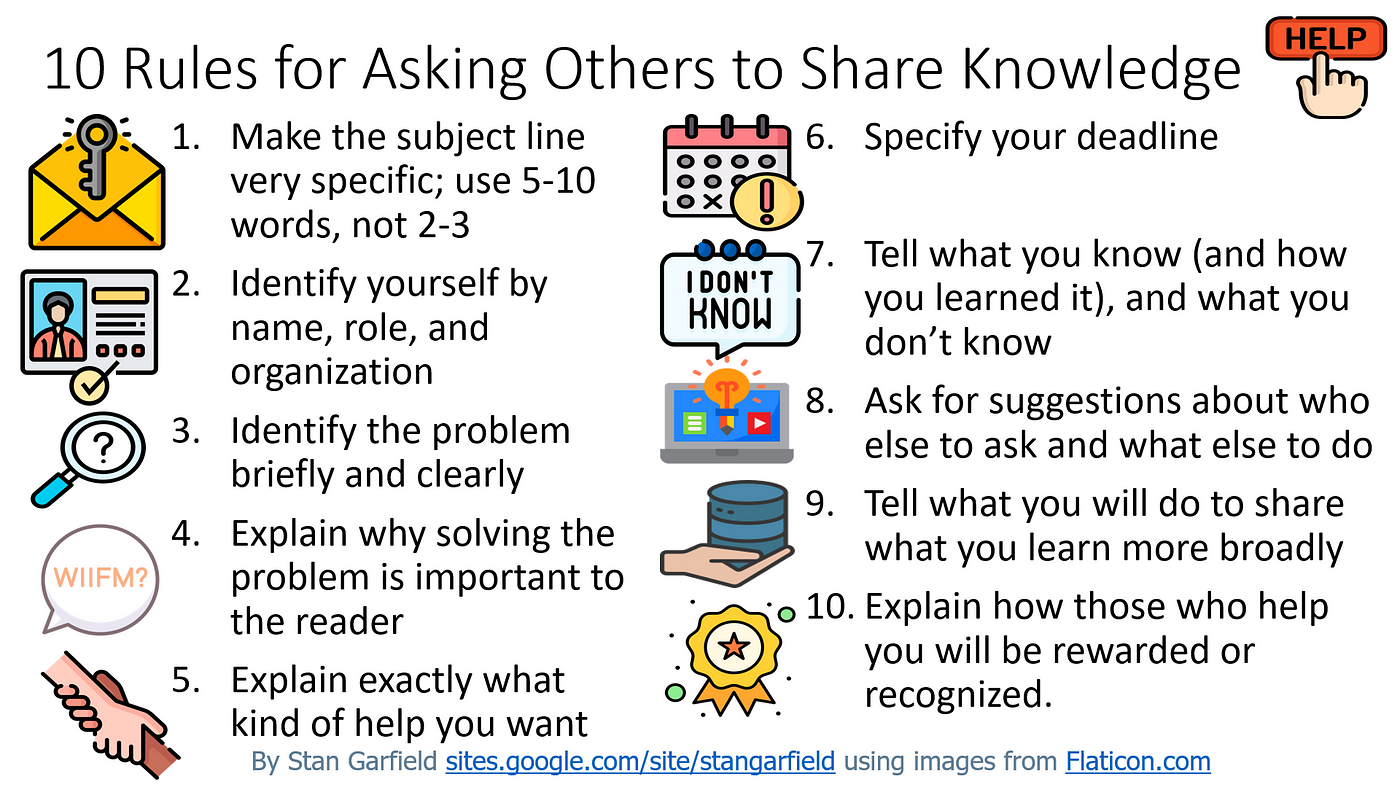Right, so this phrase, “how will they know?”, it kicked me in the teeth a while back. Not literally, you know, but it was a wake-up call.

I used to just put my head down and work. Plowing through tasks, fixing problems, staying late sometimes. Just getting it done. And I sort of figured, people see this, right? My boss sees the results. My team sees the finished product. They must know the effort involved, the hurdles I jumped over.
Man, was I wrong.
There was this one period, things were nuts. We had a deadline, stuff kept breaking, unexpected issues popping up left and right. I was basically firefighting for two weeks straight. Nights, weekends, the whole deal. Pulled it off, we hit the date. Barely.
I walked into my next review meeting feeling pretty good, honestly. Tired, but good. Expected a nod, a “good job handling that mess”. What I got was… normal. Like it was just another Tuesday. There was even a comment about how smoothly that project went in the end. Smoothly! I almost choked.
That’s when it hit me.
How would they know? I never told anyone the details. I just did it. I didn’t flag the big issues I was tackling behind the scenes. I didn’t mention the extra hours. I just delivered the result. From their perspective, maybe it did look smooth. They saw the destination, not the bumpy road I drove to get there.

They aren’t mind readers. Nobody is.
So, I had to change things up. It wasn’t about bragging, not at all. It was just about making the work visible. Here’s kinda what I started doing:
- Started sending short, factual updates on complex tasks. Like, “Hit a snag with X, had to reroute using Y, took about Z extra hours, but back on track.”
- If I solved a tricky problem, I’d briefly document what the problem was and how I fixed it. Maybe just in an internal note or a quick team message.
- Made a point to mention roadblocks in team meetings, not as complaints, but as information. “Just a heads-up, dealing with this unexpected thing, might impact timeline slightly.”
- Basically, I started communicating the process, not just the final result.
It felt weird at first. Like I was making excuses or trying too hard to get noticed. But it wasn’t about that. It was just about giving people context. Letting them see behind the curtain a little bit.
And you know what? Things got better. People understood the challenges more. Collaboration improved because the team knew where the tricky spots were. And yeah, sometimes, the recognition for the actual effort came through too. Because now, they knew.
